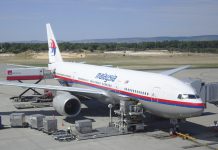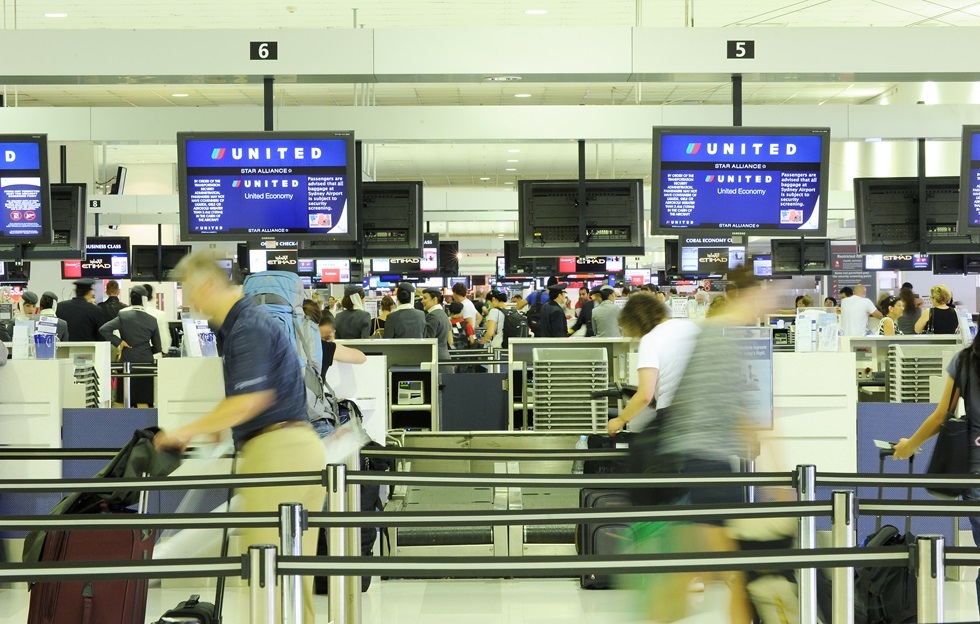Australia’s biggest privatized airport again proved its worth as a money-making machine in 2017 as record passenger numbers pushed up annual earnings by 8.3 percent.
Growth across Sydney Airport’s businesses saw revenue rise 8.7 percent to $A1.48 billion to generate earnings before interest, tax, depreciation, and amortization (EBITDA) of $A1.2 billion.
This delivered its strongest financial position since privatization.
Read: World’s Best Airlines 2018
The airport saw a record 43.3 million passengers pass through its terminals, including a 3.6 per cent increase in domestic passengers and a 7.2 per cent rise in international travellers.
Delivering his first annual result, newly appointed Sydney Airport chief executive Geoff Culbert said the strong results were underpinned by record passenger numbers and “excellent” international passenger growth.
“We actively developed new airline routes and new services and supported our airline partners as they delivered significant capacity increases and robust load factors,’’ Culbert said in the earnings announcement.
“Over the year, international passenger numbers increased by over 1 million, up 7.2 per cent on the 2016 year.
“This result reflects management initiatives, investment, positive macro tailwinds from increasing global tourism and travel, our proximity to Asia, larger and more fuel- efficient aircraft and the continued liberalisation of air rights.’’
Culbert said the inbound market grew 8 per cent year-on-year with excellent performance from a diverse range of major Asia markets, including China, India , South Korea and Vietnam.
There was also a solid performance from the US and UK, while Australian outbound travel remained “robust” at 6 per cent.
Other key drivers of earnings growth were returns on capital investment in aviation infrastructure and a strong contribution from retail and property, Culbert said.
Aeronautical revenues were up 9.2 per cent, reflecting the passenger growth, while those from retail increased 12.7 per cent after the completion of new offerings in T1 and the casual dining precinct in T2.
Property and car rental revenues rose 8. 4 per cent due to investment in hotels while the always contentious parking and ground transport revenue rose a more modest 2.2 per cent in 2017.
The airport spent $A428.5 million on capital expenditure during the year. This including the acquisition of a budget hotel as well as aeronautical, terminal and access works.
























